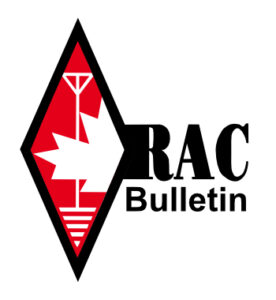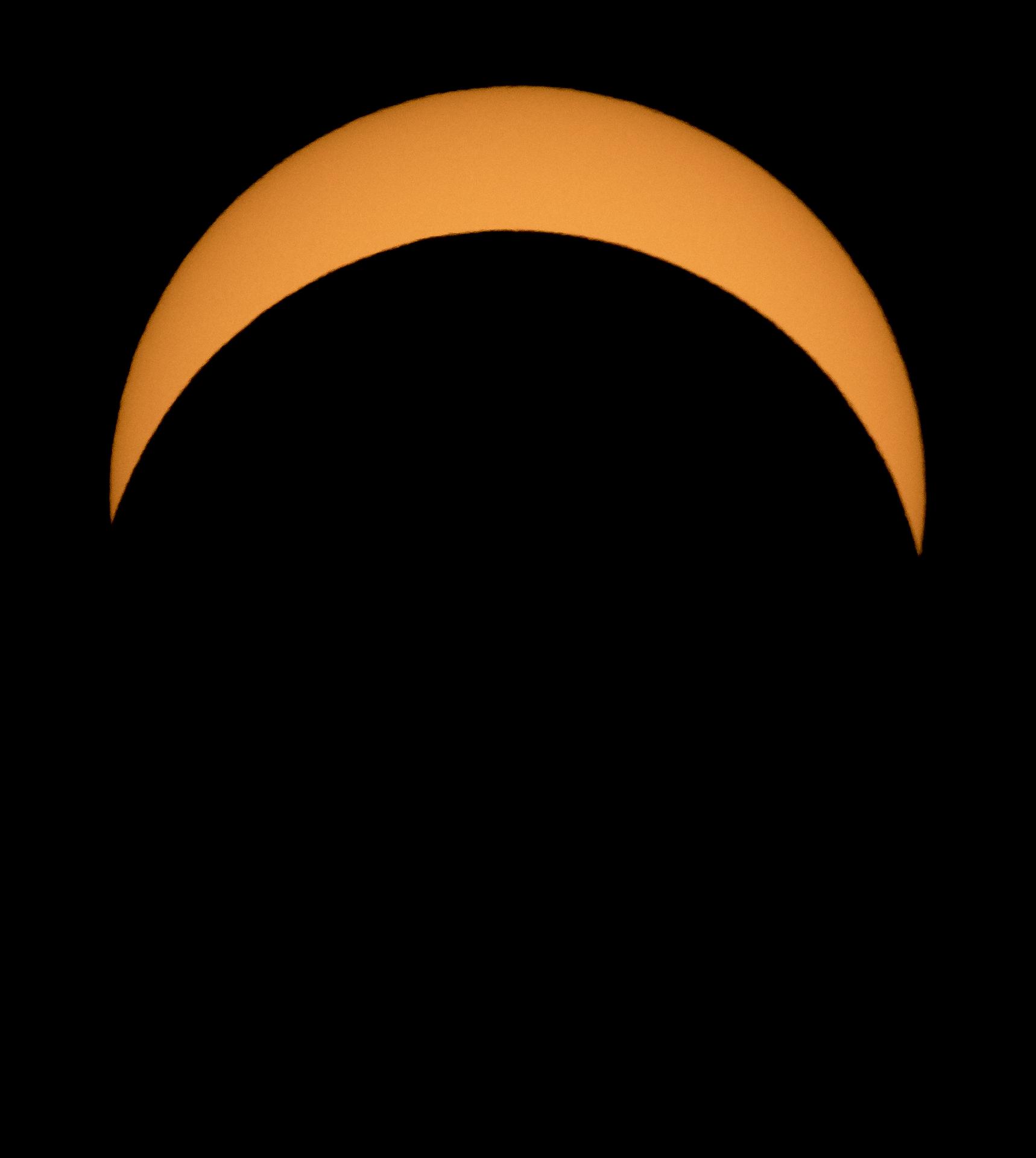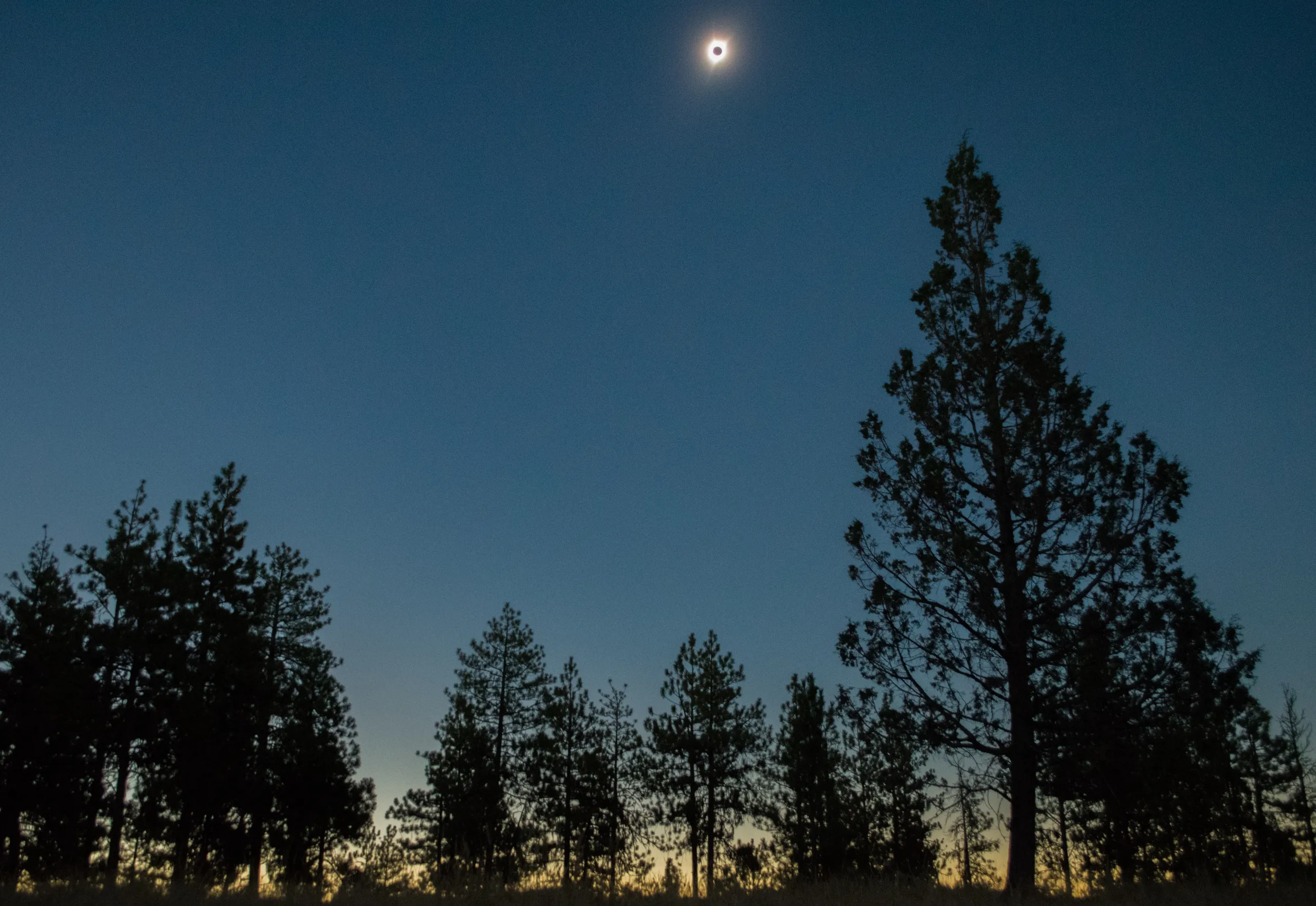
Radio Waves: Stories Making Waves in the World of Radio
Welcome to the SWLing Post’s Radio Waves, a collection of links to interesting stories making waves in the world of radio. Enjoy!
Many thanks to SWLing Post contributors Andrea Borgnino, Dennis Dura, ______ for the following tips:
It’s the huge tower in his back yard that gives Todd Baker’s hobby away. Bristling with antennae, the 30m (100ft) structure is taller than many of the mature trees nearby. Baker, an industrial conveyor belt salesman from Indiana, goes not just by his name, but also his call-sign, the short sequence of letters and numbers that he uses to identify himself over the air: W1TOD. He is a member of the amateur radio, or ham radio, community.
“You name it, I’ve been in it,” he says, referring to different radio systems, including citizens band, or CB radio, that he has dabbled with over the years. “Communications were just plain-o cool to me.”
Now, he dabbles in celestial citizen science, too. On 14 October, he and hundreds of other amateur radio enthusiasts will deliberately fill the airwaves during an annular solar eclipse, as it crosses the Americas. They’ll do it again next April, when a full solar eclipse becomes visible from Newfoundland to Mexico.
Why? Solar eclipses are known to affect radio transmissions, and Baker is planning to take part in a giant experiment designed to monitor how cosmic events affect radio broadcasts. [Continue reading…]
[…]Shortwave radios don’t tell tales
Several points of interest regarding shortwave broadcasting. Although I have been retired from Voice of America as a Foreign Service Officer and field engineer for over a decade, several points are still worth noting.
In my experience of living and working around the world for 20 years, most radios sold overseas are a combination AM/FM and shortwave. So there are radios available to the general public.
Second is the beauty of shortwave. Broadcast can be sent over large distances and be highly effective at reaching the desired audience. AM broadcasting can only reach a smaller listener area and without extremely high power must be in rather close proximity to the intended audience. FM broadcasting has even greater limitations in respect to closeness to the intended listener.
As we have adopted new technology such as the global internet, we don’t seem to have a grasp of its inherent limitations. I witnessed this firsthand in the Middle East where websites or information deemed inappropriate are easily blocked or deleted from a country’s internet stream. Proxy servers and other VPN methods do little for the individuals striving for freedom of information. Information regarding using and searching for these services is easily gathered by internet service providers and can be used to intimidate or prosecute.
Shortwave radios don’t tell tales. Frequency memories can be deleted easily, and there is no way to tell what broadcast were being listened to, especially on analog scale radios.
We need to reevaluate our strategic thinking and remember that shortwave works effectively and has for many years. People around the world have relied on SW broadcast for years as a source of reliable news and information that their host countries did not want them to hear.
— Walter Konetsco
[Click here to read the entire article with other reader letters to the editor…]
Eifel Radio Days Anniversary Broadcast
Many thanks to SWLing Post contributor, Gérard Koopal, who shares the following announcement:
On October 29, 1923, the first “entertainment broadcast” broadcast went on air in the Vox House in Berlin. The first regular radio broadcasts began.
The Eifel Radio Days will celebrate this unique anniversary from October 27th to 30th, 2023.
Of course again live and in mono from the studio in the former alternative headquarters of the NRW state government.
facebook.com/EifelerRadiotage
twitter.com/EifelerRadioTag
https://www.eifeler-radiotage.de/[email protected]
Gérard Koopal
S. 1669 would direct the Department of Transportation (DOT) to issue a rule requiring that AM broadcast stations be accessible in all passenger motor vehicles manufactured in, imported into, or shipped within the United States. (Passenger motor vehicles are those designed to primarily carry their operator and up to 12 passengers; the definition does not include motorcycles.) The bill would require DOT to issue the rule within one year of enactment and to report to the Congress at least every five years on the rule’s effects.
Additionally, S. 1669 would require the Government Accountability Office (GAO) to study the role AM broadcasts in passenger vehicles play in disseminating emergency alerts through the Integrated Public Alert and Warning System. That study would need to be completed within 18 months of enactment.
Using information on the cost of issuing similar rules and studies, CBO estimates that implementing the bill would cost DOT and GAO a total of $1 million over the 2024-2028 period. Any spending would be subject to the availability of appropriated funds.
Additionally, S. 1669 would authorize DOT to assess civil penalties on manufacturers that fail to comply with the new rule; such penalties are recorded as revenues. CBO estimates that any additional revenues collected would total less than $500,000 over the 2024-2033 period because the number of violations would probably be small.
Click here to download the full report.
Do you enjoy the SWLing Post?
Please consider supporting us via Patreon or our Coffee Fund!
Your support makes articles like this one possible. Thank you!

 March 5, 2024 –
March 5, 2024 – 






